Step aside, sky-high fireworks. South Korea’s Nakhwa Nori is here to steal the spotlight. This centuries-old tradition turns riversides into glowing, dreamlike stages where fire dances at night. Unlike the explosive displays seen around the world, Nakhwa Nori is quiet, graceful, and deeply rooted in Korean cultural heritage. If you ever find yourself in South Korea, this is one experience you don’t want to miss.
Also read: 8 Insider Seoul Travel Tips Singaporeans Must Know in 2025
What does Nakhwa Nori mean?
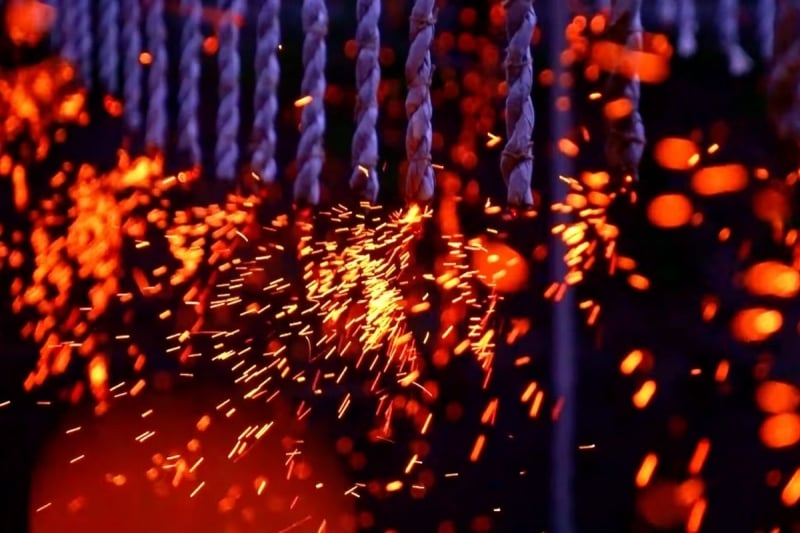
Image credit: Korea Clickers | Official Facebook
‘Nakhwa’ translates to both falling flowers and falling flames, while ‘Nori’ means play or festival in Korean. Together, the phrase paints a picture of delicate embers drifting through the air like flower petals. This dual meaning captures the spirit of the festival perfectly: ephemeral beauty and quiet celebration.
What exactly is Nakhwa Nori?
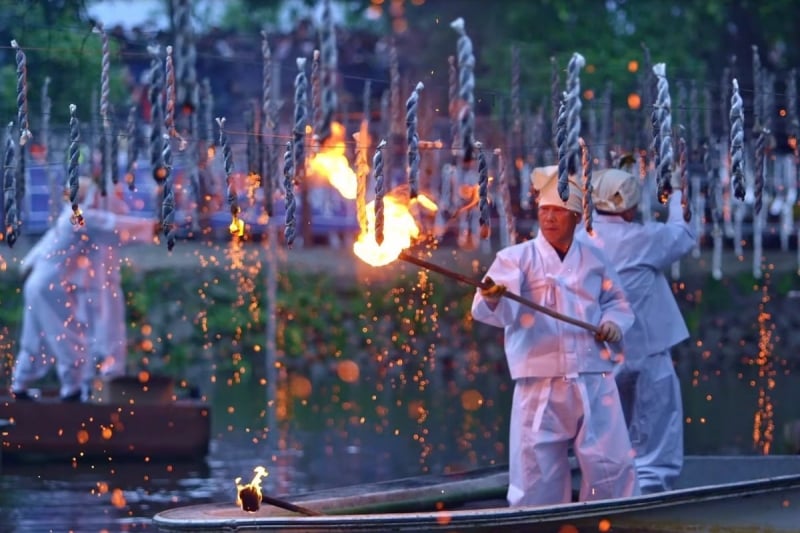
Image credit: Korea Clickers | Official Facebook
Nakhwa Nori is a traditional Korean fireworks ceremony that dates back to the Joseon Dynasty, particularly the 17th century. Unlike modern fireworks that explode overhead, this ritual takes place near water. The “fireworks” are created by lighting charcoal-filled paper pouches suspended on strings from cliffs, rooftops, or trees, which then slowly burn and drop glowing embers into the night.
As the pouches ignite, flames cascade downward in shimmering streams, reflecting off the river’s surface and creating a mesmerising, almost meditative spectacle. Because it’s so distinct from contemporary pyrotechnics, this traditional art form is also known as Julbul Nori, or “string fire play.”
How is Nakhwa Nori prepared?
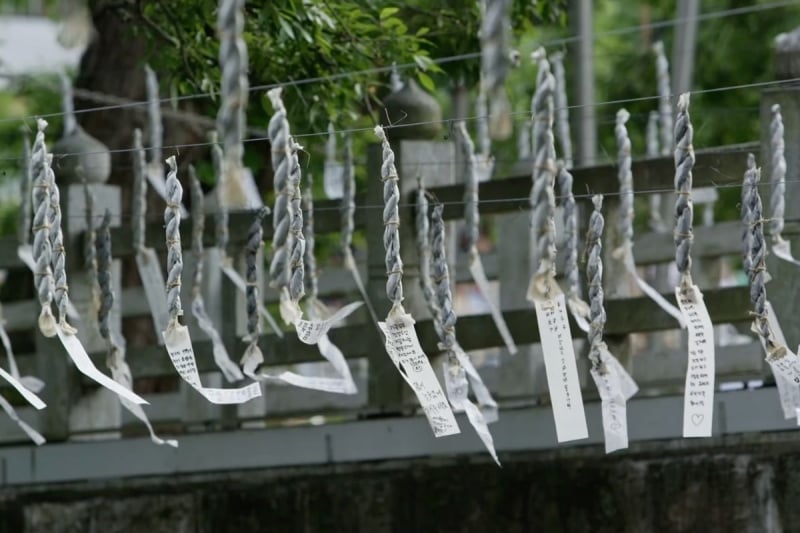
Image credit: Korea Clickers | Official Facebook
Long before the fires are lit, meticulous preparation begins behind the scenes, and it is an art form in itself. Locals craft thousands of ‘hwa-jeon’, the small fire pouches used in the ceremony. These are typically made from paper or thin cotton, filled with pine charcoal powder, and tied securely with string. The choice of pine charcoal is intentional as it burns slowly and gives off a warm, amber glow that floats elegantly down the line.
Festival-goers pen their wishes, hopes, or prayers onto the pouches before they’re strung up, believing that as the embers fall, their messages will rise and reach the heavens.
Each pouch is then attached to ropes or wires that stretch across rivers, rooftops, or cliffs, forming long, graceful arcs. In some towns, entire communities gather to assemble the structures and hang the fire bags together, turning the preparation into a cultural ritual that passes knowledge from elders to the next generation.
Where to See Nakhwa Nori in South Korea
1. Haman Nakhwa Nori Fireworks Festival (May)
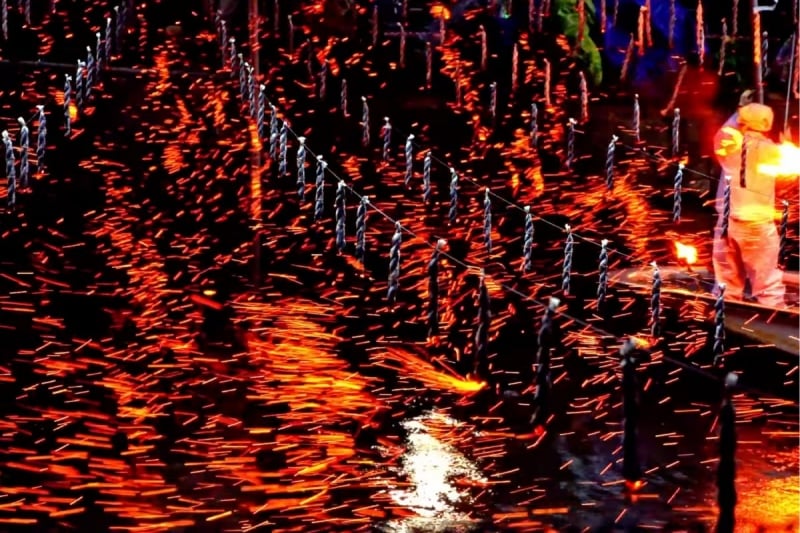
Image credit: Korea Clickers | Official Facebook
The Haman Nakhwa Nori Festival is a captivating traditional Korean fireworks event held annually in Haman, South Gyeongsang Province. The festival is scheduled for 5 May 2025 at the Mujinjeong Pavilion.
Attendees can look forward to various cultural programs, including traditional music performances and hands-on activities like crafting nakhwa poles. The festival not only offers a mesmerising visual spectacle but also provides an immersive experience of Korea’s rich cultural heritage.
2. Andong World Heritage Festival (September)
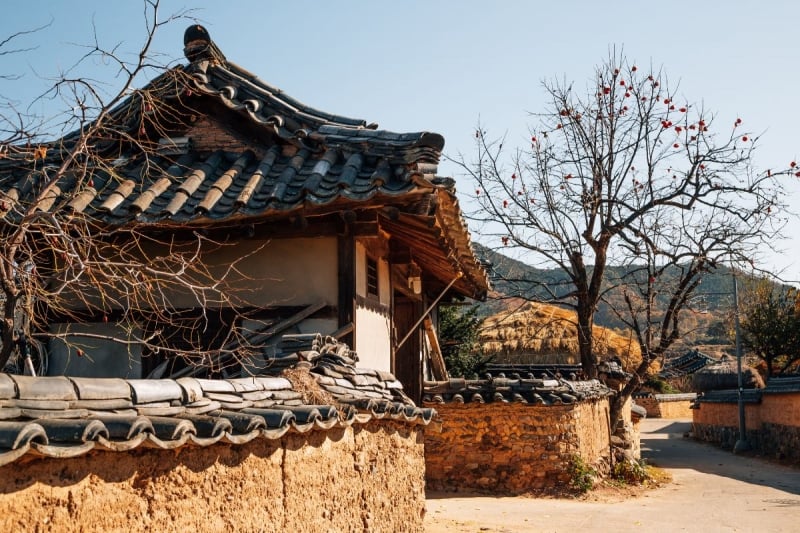
Image credit: Sanga Park via Canva Pro
Held in the picturesque Hahoe Folk Village, a UNESCO World Heritage Site, the Andong World Heritage Festival is one of Korea’s most prominent cultural celebrations. Visitors are treated to a rich showcase of Korea’s intangible heritage, such as traditional music, dance, ancestral rituals and the famous Hahoe Mask Dance.
One of the most awaited moments during the festival is the Seonyu Julbul Nori. As dusk falls, dozens of glowing fire pouches are ignited above the Nakdong River.
Also read: Everything That Went Wrong During My First Trip to South Korea
More than just a fireworks display, Nakhwa Nori is a celebration of tradition, artistry, and fleeting beauty. From the intricate preparation to the breathtaking spectacle, it offers a rare glimpse into Korea’s living heritage, lighting up the night not with noise but with quiet wonder.




